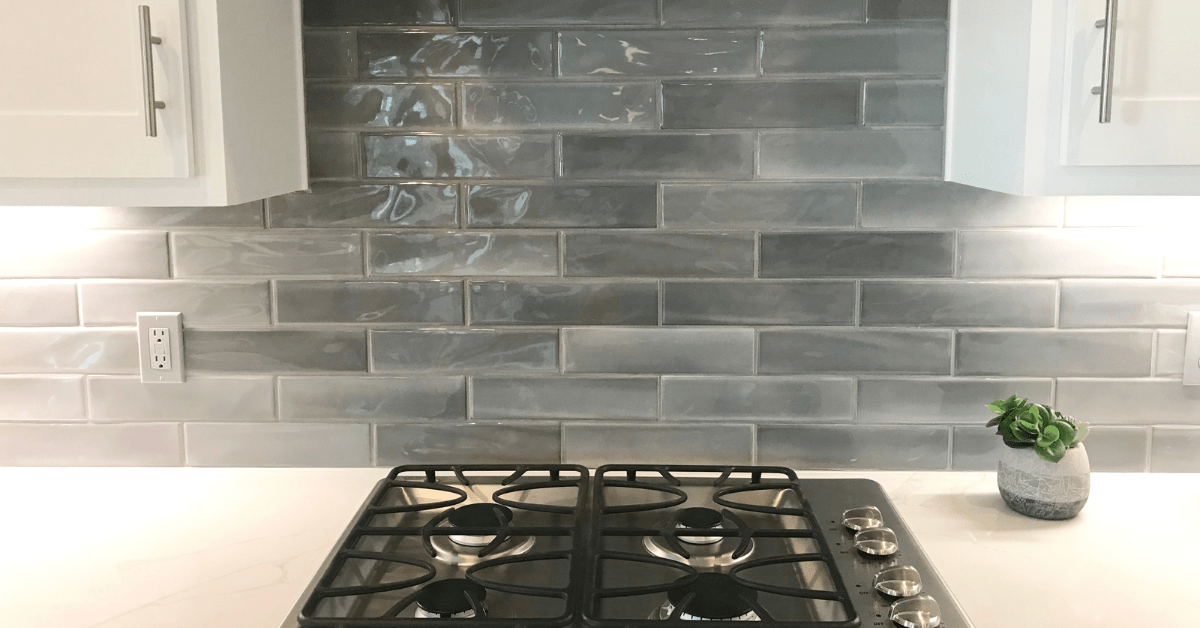As Charleston booms, city?s Upper Peninsula emerges as development hotspot

Can South Carolina?s historic center change without losing its character" One of the country?s cultural and culinary capitals, Charleston, South Carolina, has a particular reputation for those who didn?t grow up within the city or in the nearby coastal area of the Southeast known as the Low Country.
?People?s impression is that it?s all buttoned-down shirts and bow ties,? says Stephen Zoukis, a co-founder of the local development firm Raven Cliff Co. A mecca of Southern food, narrow streets, and historic buildings, the city and its charming downtown have recently been booming.
A centerpiece of the state?s hot tourist economy, which made $20 billion in 2015 and has posted five straight years of growth, Charleston?s recent success has arguably become a bit of a problem. Tourist traffic has led to congestion, and locals are feeling pushed out. Property values in the traditional downtown have skyrocketed. Median home prices in the region have increased from $190,000 in 2012 to $240,000 at the end of 2016, a sharp jump for locals, but still cheap enough on a nationwide level to attract new residents from more expensive cities. The city?s senior planner, Katie McKain, says the city expects to double its population in 20 years.
Raven Cliff Co.
Pacific Box & Crate.
Zoukis and many others believe that development in an area known as the Upper Peninsula?a former industrial strip just north of the city?s traditional downtown?will create new ...
| -------------------------------- |
| CÃMO VACIAR EL CONCRETO. Tutoriales de arquitectura. |
|
|












